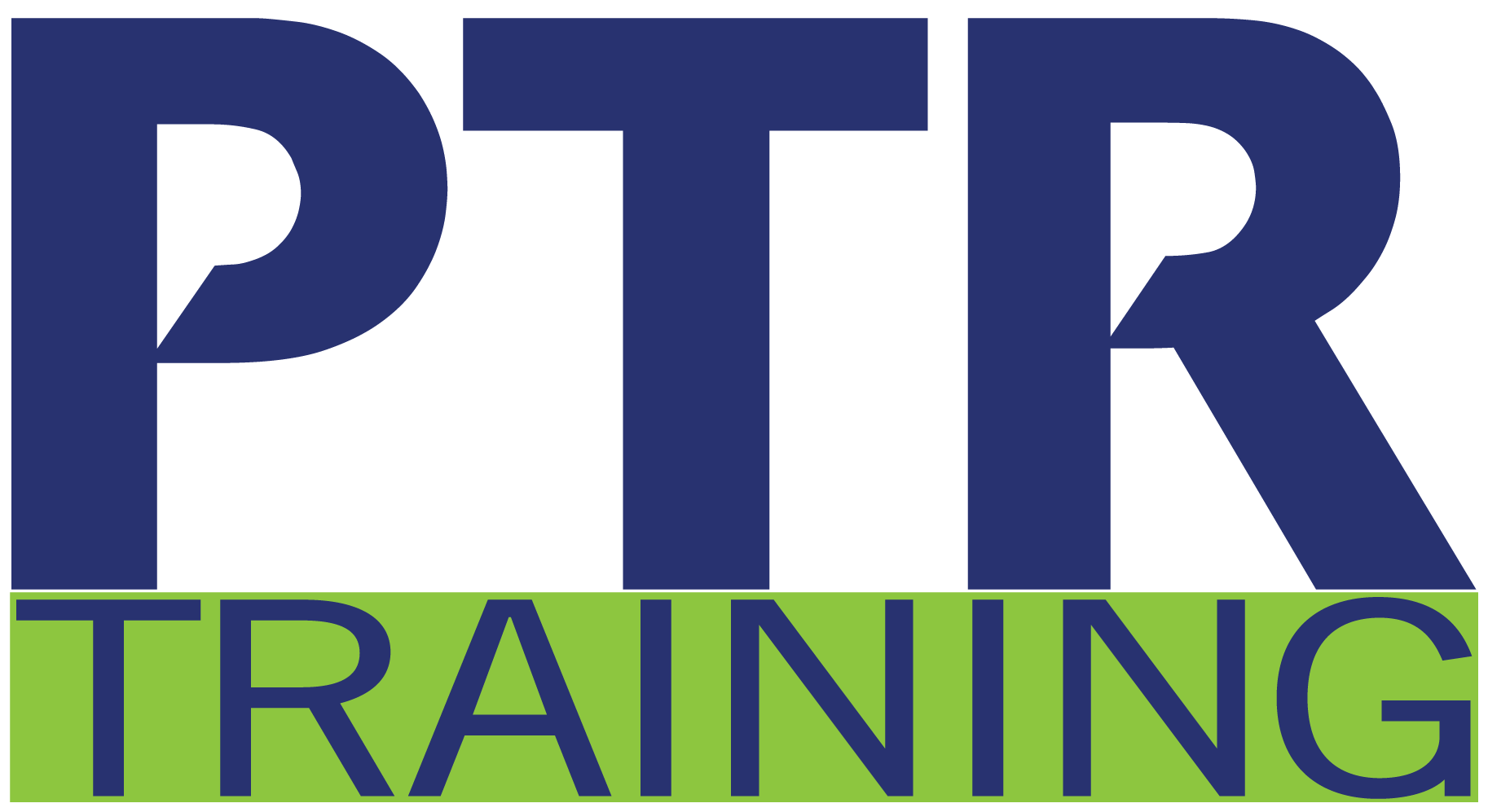Formats: 4-hour virtual course | 1-day instructor-led onsite
As employees transition back to the office, companies with a hybrid workforce face a new inclusivity challenge in proximity bias, which is the preferential treatment given to those who work in the office versus those who work remotely. We will teach you how to recognize the symptoms of proximity bias and avoid the mistreatment of virtual workers. You will learn and apply strategies to combat preferential treatment, confront potential inequity, avoid cognitive biases in decision-making, and create a fair hybrid work environment.
Learning Objectives »
- Define and understand proximity bias.
- Discuss examples of proximity bias.
- Understand the negative impact of proximity bias.
- Apply techniques for overcoming proximity bias.
- Learn practical approaches to being more inclusive.
- Lead inclusive virtual and remote meetings.
- Learn what to do when expectations are not met.
Course Agenda »
Understanding Proximity Bias
- Unconscious Bias
- What is Proximity Bias?
- Assumptions and Preferences
- How Common is Proximity Bias?
- Proximity Bias Examples
- Negative Impact on Employers
- Recognizing the Symptoms
Overcoming Proximity Bias
- Going Beyond Unconscious Bias
- Greater Self Awareness
- Using Technology
- Defining Expectations
- Measuring Performance Objectively
- Check In – Not Check Up
- Building Relationships
Next Steps
- Inclusive Virtual Meetings
- Hybrid Team Meetings
- When Expectations are NOT Met
- What Can Leaders Do?


